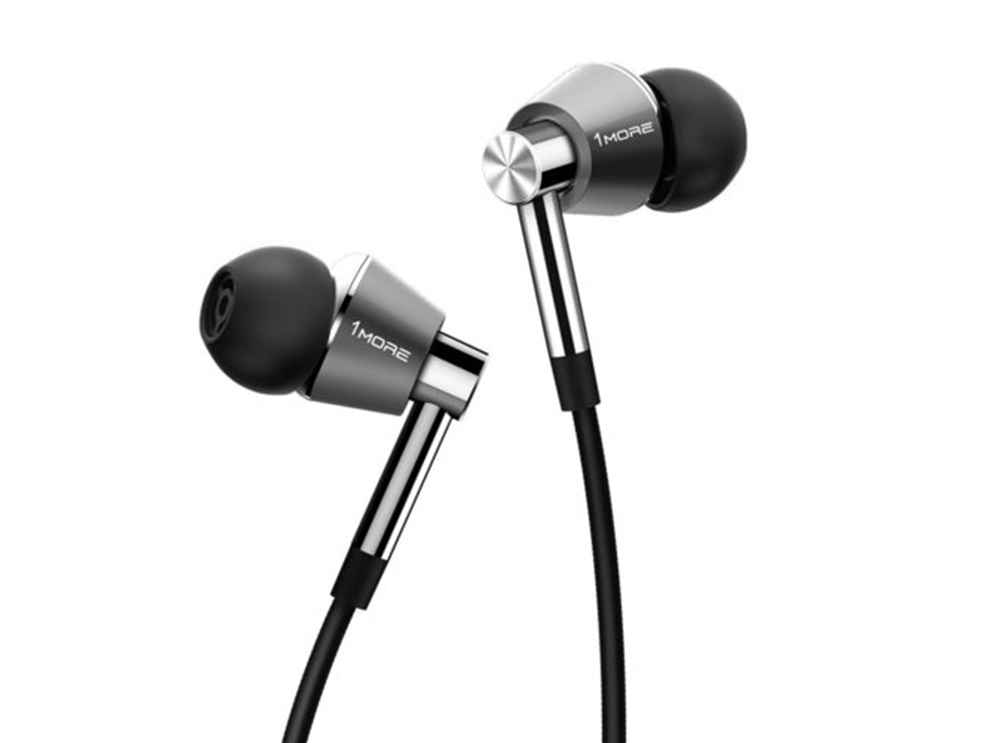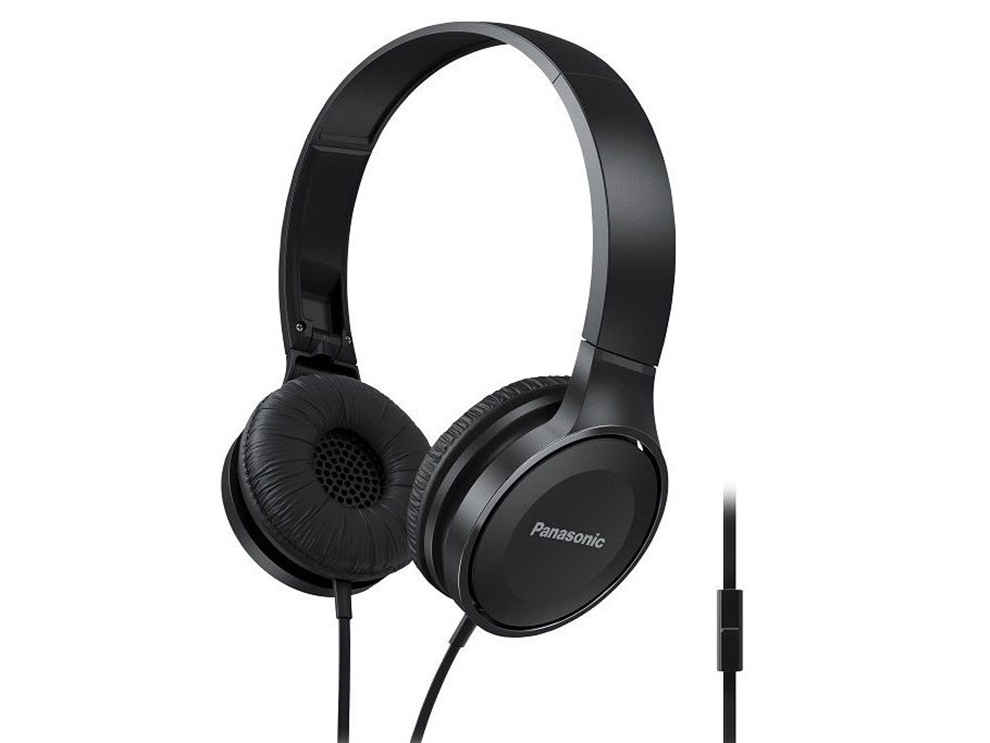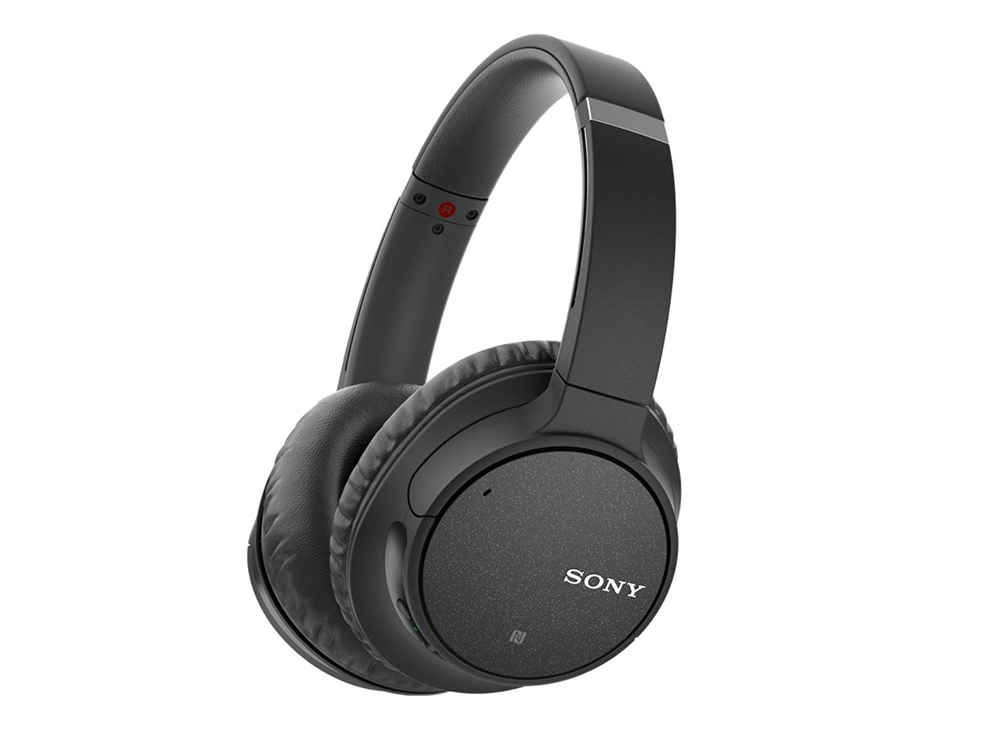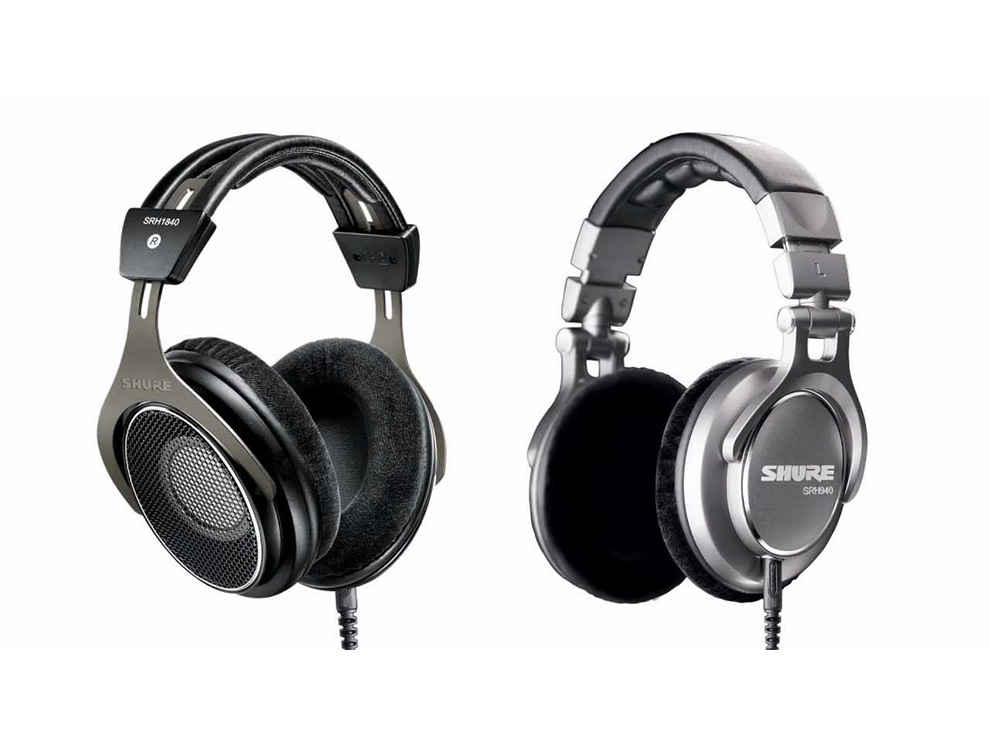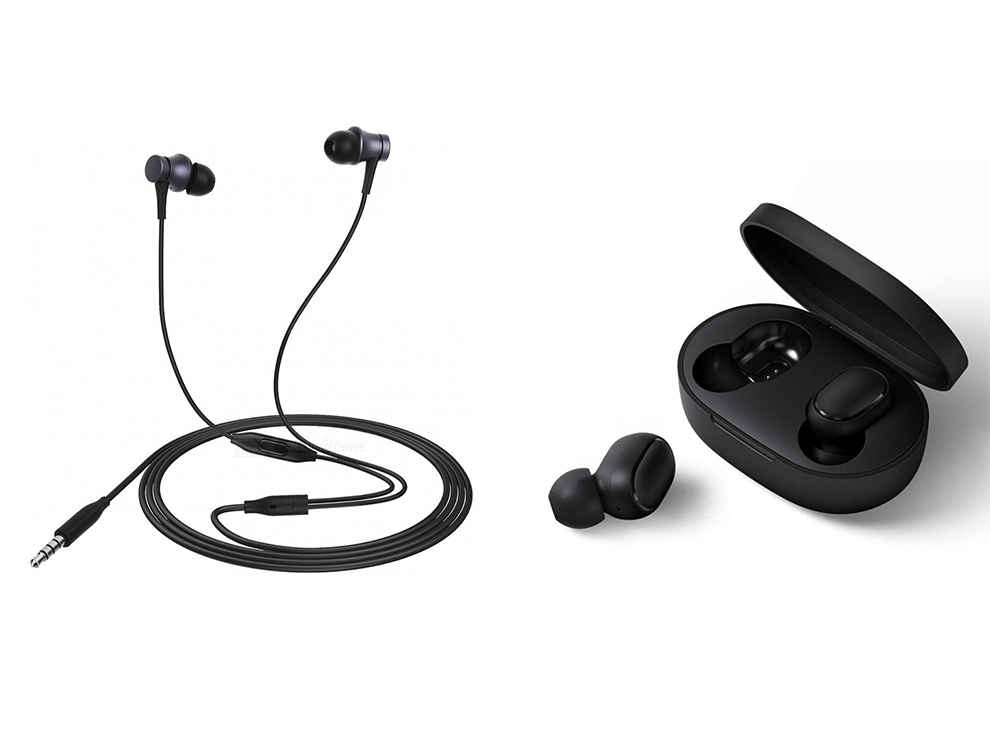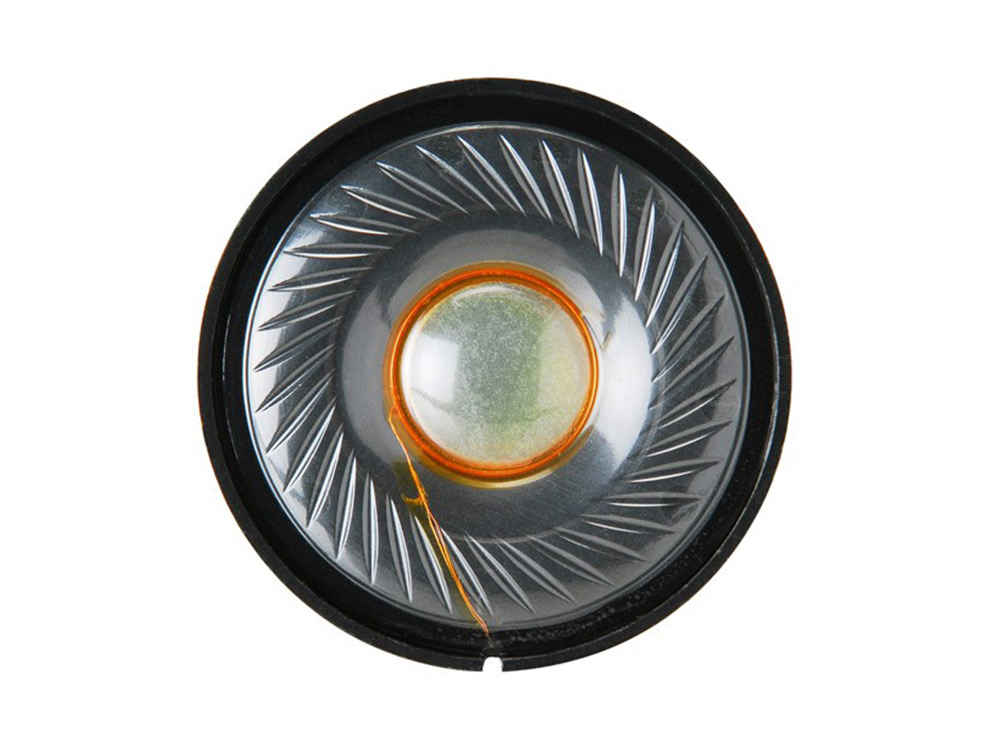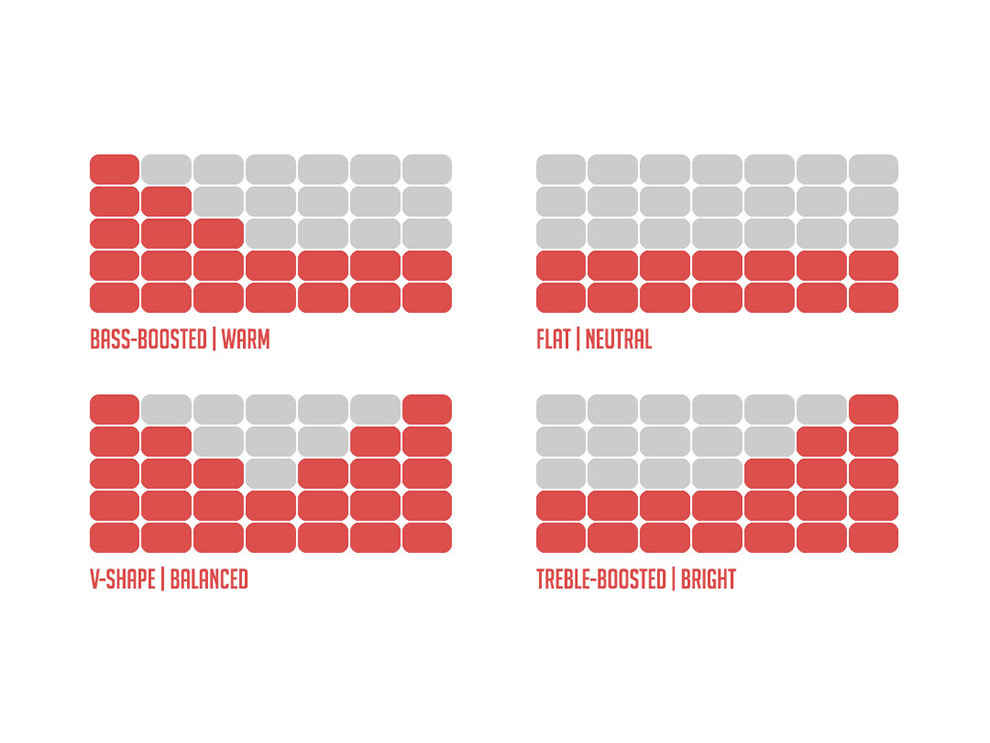Headphone Buying Guide – How to buy the best headphone for gaming, music and phone calls
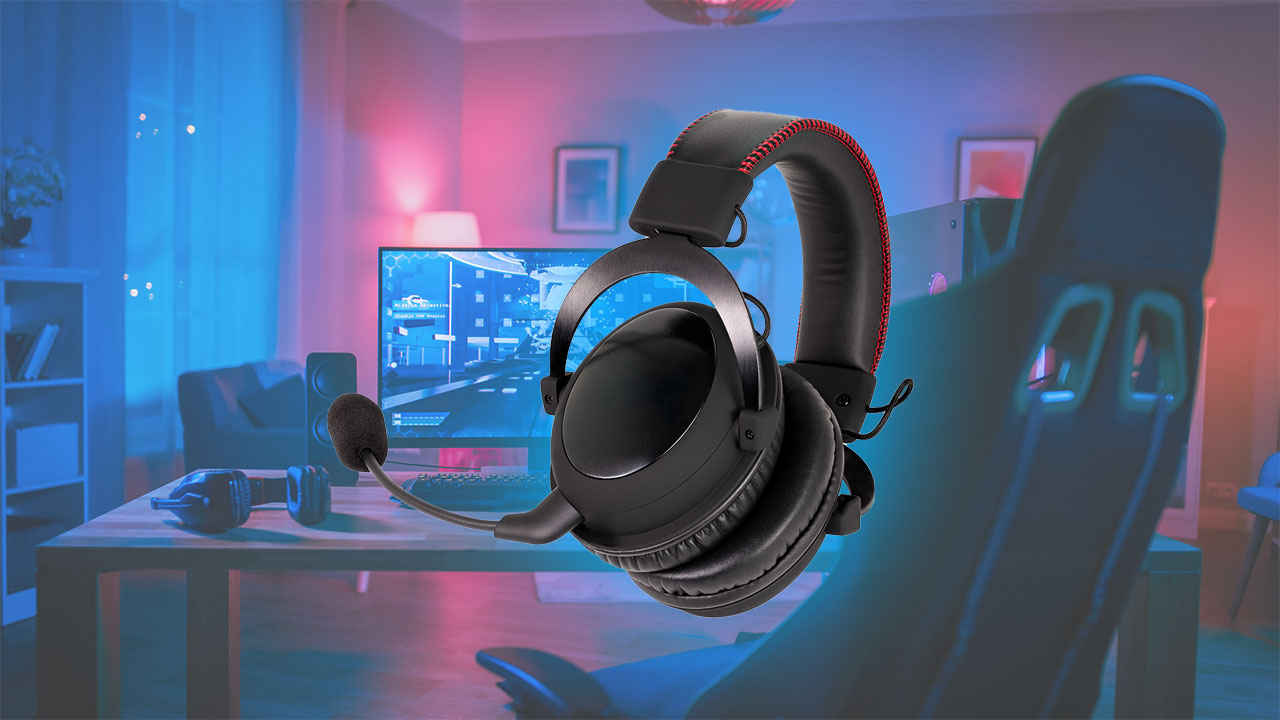
Finding the best headphone in the sea of products?
We list the key factors that you must know before choosing the right headphone for yourself.
Find out how to buy the best headphone under your budget.
If you’re scouring the market for a spanking new pair of headphones, the sheer amount of choices in type, brand, price are dizzying. On top, there are a lot of factors that matter while choosing your headphone that you might not be unaware of.
The market is chock full of audio brands, some prominent ones that have cemented their name in the audio industry and an array of relatively new ones who are becoming increasingly popular due to their devices’ quality and/or affordability. A few celebrated names in the audio industry include Sony, Jabra, AKG by Harman Audio, Sennheiser, Bose, Audio Technica, Skullcandy, Bang & Olufsen, and more. On the other hand, some affordable and new audio brands include Noise, Boat, Mi Audio, OnePlus, Honor, pTron, and Realme.
If you are looking for something entry-level, our top headphones under Rs 2000 guide might offer some help. But if all of that sounds confusing and you're looking for serious advice, our headphone buying guide should help you out.
What to consider while buying a headphone?
Type of headphone
The first thing you are going to want to decide after chalking out your budget for the imminent purchase is your preferred headphone type. There are three primary variations in headphones styles which include in-ear, on-ear and over-ear headphones.
In-ear
Also known as earphones or earbuds in common parlance, in-ear headphones are the most portable out of the three types and are inserted into your ear canal. In-ear headphones can range from disposable models which you get on aeroplanes to earphones smartphone manufacturers include with their products, all the way to high- end buds that attempt to match full-size models sonically. Some models, particularly sport ones, come equipped with wings or fins for a tailored and secure fit.
Pros
+ Compact and lightweight
+ Great noise isolation
+ Suited to active lifestyles
Cons
– Tangle easily
– Easy to misplace
– Sound quality generally suffers due to size
On-ear
On-ear or ‘supra-aural’ headphones are ones that rest on top of your outer ears but do not entirely envelope or enclose your ear. The headphone band usually goes over or behind your head on these headphones. These are generally smaller and lighter than over-ear headphones and come in open-back and closed-back variations. On-ears will also let more ambient noise pass through than over-ears.
Pros
+ Relativelycompact
+ Producelesserheatontheears than over-ear headphones
Cons
– Relatively poor noise isolation
– Can cause discomfort (too much pressure on ears or pinches ears)
– Leaks sound
– Less powerful bass than over-ears
Over-ear
Also called circumaural headphones, over-ear headphones include those that fully encompass your ears. These are the largest of the three types of headphones, and they also come in closed-back and open-back versions. Over-ear headphones are usually the most comfortable of the three types, and the closed-back ones provide excellent natural acoustic isolation.
Pros
+ Usually have great sound quality + Most comfortable
+ Larger soundstage
+ Good isolation
+ Maximum potential for more bass and loudness
Cons
– Least portable
– Produce heat on the ears – Usually more expensive
Closed-back or open-back
A closed-back pair of headphones comes with an outer casing with no holes or vents, which traps the sound inside the cups and also keeps external noises out. This can sometimes cause your music to sound slightly unnatural, especially when compared to open-back headphones, however, they definitely provide a punchier bass output which could be due to the slight echos in the bass notes. Nevertheless, they are the better choice for commuting and listening to music in places such as your office, airplanes, or anywhere in public. These are also better for recording and audio mixing since the isolation is critical for these tasks.
Open-back headphones are more acoustically transparent and allow the outer sound to be heard by the headphone user. They allow air to pass through the ear cups and avoid pressure build-up. Many premium, high-end headphones come with open-backs to enable them to sound more natural. However, these headphones lose all their appeal if you’re not in complete silence. They let a lot of sound in, which distracts you from listening and additionally, they also have massive sound leakage. So, if you’re in a public place, everyone sitting relatively close to you will be able to hear the music, and you will be able to listen to them complain about it! They are also slightly more fragile than closed-back headphones since moisture could get into it more easily and wreak havoc on the electronics within.
So, the bottom line is that open-back headphones sound more natural, but closed-backs are better for listening to music outside your home or studio.
Wired vs wireless
Over the past few years, wireless headphones have exploded in popularity and are dominating the market. Also, since Apple released the AirPods in 2016, true wireless earphones have become the rage, and most audio brands have decided to dip their beak into this lucrative market. Let’s look at the wired and wireless categories.
Wired headphones
In-ears, on-ears and over-ears have wired variants which are usually hailed as the more dependable choice in the audio world. Audiophiles typically swear by the sound quality of wired headphones since they receive an analogue signal which can handle more data than Bluetooth can. Lossless formats such as FLAC, WAV, or ALAC sound much better on wired headphones than on their wireless counterparts. However, Bluetooth technology in audio is catching up very fast.
Nevertheless, wired headphones have no lag and do not need constant topping up of the batteries like in wireless headphones. Many are also coming in USB-C and lightning variants to address the absence of the 3.5mm jack on smartphones. However, the cable itself can sometimes be problematic since some of them tangle and/or break very easily.
Wireless headphones
Wireless headphones and earphones are slowly but surely becoming the go-to listening device for consumers. This has been accelerated due to the expulsion of the 3.5mm audio jack on smartphones. It also eliminates cables, except the headband or the cable connecting the two earbuds or ear cups, and allows for more mobility.
Wireless headphones are also equipped with new and improved Bluetooth codecs such as AAC, AptX, AptX HD, AptX Low Latency that improve the listening experience and/ or solve latency issues. However, wireless headphones are usually costlier than wired ones. The other problem is having to keep them charged consistently. Wireless headphones typically come with a battery life of 15-30 hours while wireless earphones’ battery life ranges from 6-18 hours.
True wireless earphones
The new kid on the block, true wireless earphones is now an immensely popular segment in audio products. They are in-ear headphones that are stored in a case which also doubles as a charger for them. They’re extremely portable, great for an active lifestyle and are completely free of cords and tangles. Most of these even come with impressive battery life, the average being around 5-8 hours on the earbuds themselves with an additional 2-3 recharges from the charging case. However, they are exceptionally easy to lose due to their tiny form factor.
Impedance
It is integral to match the impedance of the headphones to the device (source) you will be using it with. We’re not going to get into the exact technical definition of impedance. Just know that most headphones which come packing low impedance (16 to 32 ohms) require less power to drive high audio levels. So, low impedance headphones will work well with devices with weak amplification abilities such as portable music players and smartphones. Meanwhile, headphones with high impedance demand more power to deliver acceptable audio levels. So, studio headphones with an impedance of say 250 ohms, such as the Beyerdynamic DT-880 Pro, will require a dedicated source of power (such as amplifiers) to drive it. So, you should extensively research this. Headphones with low impedance are also susceptible to ‘blow outs’ when using powerful amplifiers, so be wary of that.
Sensitivity
If you’re extremely nit-picky about your headphone’s volume levels, you should look into the sensitivity of the headphones. Sensitivity specifies how loud a pair of headphones can get. Most headphones come with a sensitivity of around 96–110 dB approximately. Headphones below 85 dB would be too soft and should be avoided, and above 110 dB could potentially damage your hearing abilities.
Drivers
Drivers in headphones are responsible for turning electrical signals into sound pressure. In most cases, the larger the driver, the better the overall sound quality. Drivers boost the bass, mids, and the treble to allow for an enjoyable listening experience. There are primarily two driver technologies, balanced armature and dynamic. Balanced armature drivers typically are tuned to sound good in a specific frequency range. They also provide better isolation due to the absence of a vent within. How- ever, they lack the superior bass quality of dynamic drivers. Dynamic drivers are also more durable and cheaper than balanced armature drivers.
Comfort and fit
It is important to find headphones that are best suited to provide you with hours of comfort. Usually, over-ear headphones are the most comfortable, but even here, you have to be wary of a few things. When buying over- ears, ensure that the headband doesn’t dig into the top of your head or cause you any discomfort. Usually, headbands with memory foam or regular foam layer will aid comfort. Ensure that the ear cups are plushy and comfortable as well. Memory foam ear cups are the best since they conform to the unique shape of your ear. The covering over the memory foam will usually be leather or mesh. Leather is comfortable but could become too hot after extended periods of usage. So, the mesh would be a better option for long hours of listening.
However, mesh does negatively impact sound leakage and isolation. When it comes to in-ears, the golden standard is memory foam ear tips. These also conform to the shape of your ear canal and provide increased isolation and better bass output. However, regular rubber tips can also be effective if you find the right fit. Some audio manufacturers, such as 1MORE provide a slew of eartips of various shapes and sizes. This allows users to find a hyper-customised fit which aids in overall comfort and also helps you get a better listening experience. Also, try to find in-ears with angled nozzles (the tip of the buds). These are more ergonomic and help attain a better fit.
Sound profile
Source: audioreputation.com
Consider the sound profile you enjoy most and buy headphones that fall within that category. There are three primary sound types – warm, neutral and bright. Neutral is considered the holy grail of high-end audio listening and audiophiles usually chase after the neutral sound profile to hear the ‘purest’ audio. However, neutral headphones are extremely elusive and rare since they would have to reproduce every frequency of sound in equal measure.
Most headphones have their voicing and even headphones claiming to be neutral most times, are not really neutral in the true sense. So, you would be better off trying to find a balanced sounding pair of headphones with some hint of warmness or brightness. ‘Warm’ sounding headphones tend to tilt towards the bass frequencies making vocals and bass more prominent. They usually have a mass-appealing sound signature and sound ‘comfortable’. Some warm headphones though are extremely thumpy and bass-heavy, and you should steer clear of those since they mess with the integrity of sound. ‘Bright’ sounding headphones are better at reproducing the trebles high-pitched sounds. They can reveal hisses and imperfections in recordings, so casual users usually wouldn’t want to hear this in their everyday use. Additionally, headphones that sound too bright can be fatiguing to listen to over time.
Active Noise Cancellation vs Passive noise isolation
ANC (Active Noise Cancellation) is now an extremely prominent feature which users have come to expect from high-end audio products. Even in-ears come with ANC, enabling to be engulfed in a cocoon of sound entirely can be appealing to some. They work by using microphones within the headphones to analyse ambient noise and then produce an ‘opposite’ sound waves to cancel the sound altogether. However, some people find the ANC experience jarring since they have been known to hurt some people’s ears and cause headaches due to the heightened pressure. They also drain the battery of wireless models a lot quicker than headphones with simple passive noise cancelling. However, if you are constantly in noisy environments or travel in aeroplanes very often, ANC headphones can be useful since it cancels out even small, annoying sounds such as the AC hum, airplane drone, and more.
So, if this level of isolation appeals to you, consider buying ANC headphones. If not, purchase headphones with regular (passive) isolation. Headphones with passive isolation are cheaper and are decent at limiting external sounds.
What not to consider while buying a headphone?
Frequency response
This spec tells you the range of sound that the headphone is capable of producing. The range is measured in Hertz (Hz) and usually the frequency range in most headphones is around 20Hz–20,000Hz. Why? Humans can only hear between this sound range, and that is naturally what products aim for. However, some audio manufacturers routinely have exaggerated frequency-response numbers to lure in customers. If the numbers are slightly off the range of hearing, this is not an issue since having a slightly wider frequency response, say 15 Hz – 25,000 Hz can give the sound at the extreme ends some room to breathe. However, beyond this, it is just a marketing ploy. Nevertheless, you don’t really need to worry about frequency response numbers since you will not be able to hear the difference between a normal range and wider range unless you have bat ears.
Aesthetics
This must be the last thing on your mind when buying headphones since over-the-top designs often lead to compromises. For instance, the Bose NC 700 comes with a unique design. It has a tapering headband that makes the headphones look very futuristic and aesthetic, at the same time. However, due to this design, the headband is not foldable, which results in users having to carry the bulkier than usual carrying case provided with these headphones. Only go for aesthetics when they don’t hamper any integral features, the comfort, and sound quality of your headphones.
Check more such buying guides by Digit's experts-
How to pick the right TV set for yourself
HOW TO CHOOSE THE BEST AIR CONDITIONER How to choose the right AC for your room
How to pick the right CPU and motherboard combo
How to choose the best smartphone
Dhriti Datta
Perpetually sporting a death stare, this one can be seen tinkering around with her smartphone which she holds more dear than life itself and stuffing her face with copious amounts of bacon. View Full Profile

